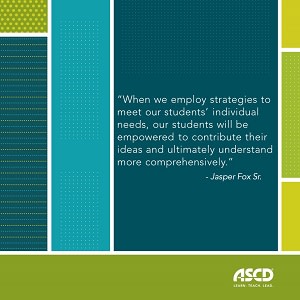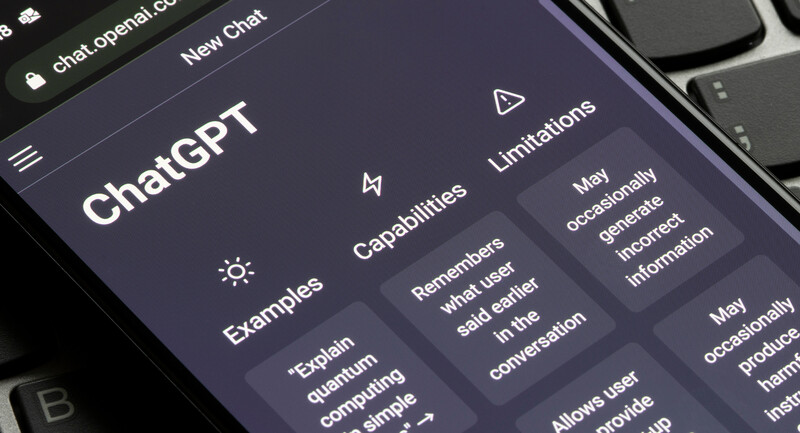We have a problem: Most school districts don’t have a comprehensive curriculum for digital wellness education, and caregivers often struggle to enforce digital wellness norms with their children. Consequently, far too many young people aren’t receiving any kind of formal or informal education about how to navigate digital spaces.
I have tried to fill this need over the last decade by co-designing and implementing a digital wellness program for local middle school students in Ann Arbor, Michigan. The goal of the program has been to generate open dialogue among the students on their digital device use. The experience has been a great lesson on what to do (and not do) when talking with early adolescents about digital wellness.
No matter the subject area, all secondary classroom teachers have daily opportunities to support and model approaches to personal device use that can be positive for both students’ mental and physical health.
Not a “One-and-Done” Talk
It is important for educators to recognize that general device use, in terms of mental health and wellness, is neither all good nor all bad. It can be harmful (e.g., teens can experience feelings of alienation, distracted learning, cheating, and bullying) and helpful (e.g., they can use it to connect with their friends, gather information, collaborate with peers, and scaffold learning). It is therefore necessary to hold a discussion about personal device use with students, airing out feelings freely, while recognizing that a healthy habit for one person may be an unhealthy habit for another. The discussion can cover which apps students visit, why they enjoy them, and what emotions they feel while using them to arrive at an understanding of their positive and negative health effects.
Digital wellness is a lifelong journey, not a one-and-done talk. In my experience, a school assembly-style lecture from an expert rarely resonates with teenagers. Tweens and teens don’t want to be “told” what to do—they prefer for their opinions to be validated and respected, allowing space for them to come to their own conclusions. I have found teenagers tend to enjoy discussing what they are experiencing in their digital worlds when adults withhold judgement.
To build a culture of open discussion, classroom teachers can take daily or weekly opportunities to ask their students questions like, Where do you prefer going online? Why do you prefer those websites or apps? What are you sharing online and who are you sharing it with?
Digital wellness is a lifelong journey, not a one-and-done talk.
If you are worried about some of your students’ choices from what’s revealed in these discussions, try digging deeper, asking, Do you think these are safe choices? Do you think these choices may come back to harm you emotionally? Could you still participate in the activity but make a different choice? (For example, a student who wants to engage in TikTok, but has strangers commenting on their feed, could make their TikTok private so they can better control who is commenting.) Using questioning, rather than telling, can help guide students to think critically about the implications of their choices.
Three ways that middle and high school teachers can integrate these digital wellness discussions into their classroom routines are through entry tickets, investigating new websites together, and role-modeling.
1. Leverage Entry Tickets
Teachers often start class with an entry ticket or “do now” activity to build community or tease a lesson topic. These short community-building activities are great opportunities for teachers to discuss digital wellness. It is important that teachers do the activities with their students, to evoke a collaborative and open experience.
A few ways to bring digital wellness into an entry ticket include:
- Take a virtual addiction quiz together. The results can be shared anonymously, and a short discussion can ensue. The discussion could also lead to a challenge for the whole class (including the teacher) to take more breaks from devices or to turn off certain notifications/applications that may be contributing to negative mental health.
- Take the OCEAN survey with students to find out how your personality influences the ads you see on web browsers and on social media. Discuss how your online behavior is being tracked and describe how to use incognito searching tools.
- Watch this short video, co-produced by KQED/PBS and Common Sense Media, that asks teens, How much is too much screen time? Then lead a class discussion about whether students agree or disagree with the video’s message and if they can relate to the content.
- Listen to some episodes from WNYC’s Bore and Brilliant podcast, which challenges people to disconnect from their devices in unique ways each week. Have students take on some of these challenges, then journal/blog/podcast about their experiences.
2. Review Websites Together
Most classroom teachers have students use a variety of websites and apps for academic research, games, and other learning activities. For example, in science class students may use a simulation website, in math an adaptive software, in English a discussion platform, in world languages a site on culture and travel, and in social studies a website with historical archives.
Each time you introduce a new website, seize the opportunity to talk about the validity and reliability of the website. Create a profile together as a class. Talk about the privacy settings, review the privacy policies, and run it through the CRAAP test (currency, relevance, authority, accuracy, and purpose). By doing this repeatedly, students will learn to create healthy routines when entering new websites or apps on their own.
3. Be a Model
Students pay attention to what teachers say and do, and often check to see if a teacher is “walking the talk.” For example, if a teacher is posting to Instagram or looking at a cell phone during class while telling students they are not allowed to do the same, students will notice the hypocrisy. Thus, teachers should always seek to model positive digital behavior and wellness.
As a classroom teacher or even school leader, you can:
- Share your daily screen time data with students (here’s how to check it on an Apple or Android device) and make weekly goals together. For example, you might set a goal of reducing your screen time (not including using devices and screens for planned lessons or work in school or for homework) by 30 minutes each day. Check in daily with students to share how those 30 minutes might have made a difference in the overall health of everyone participating.
- Model how to set up apps on smartphones to make them less distracting—examples include app timers, removing apps from primary dashboards so they are less tempting to open, and documenting the amount of time being spent on an app as well as the emotions you feel about that data.
- Explain your choices for digital wellness, such as why you may leave your smartphone in your work bag while teaching—“… so that I can fully concentrate on you, and not be distracted by my notifications blinking at me.” You can also share research that supports the case for keeping devices out of view when not being used for learning in class.
What It All Means
Whatever activities teachers choose to do with their students, it is important to remember that open dialogue should be the goal. These discussions have given students the opportunity to talk about their device use without fear of judgement, and at the same time given them opportunities to make small adjustments to their device and app choices so they are safer and have overall stronger mental health.








